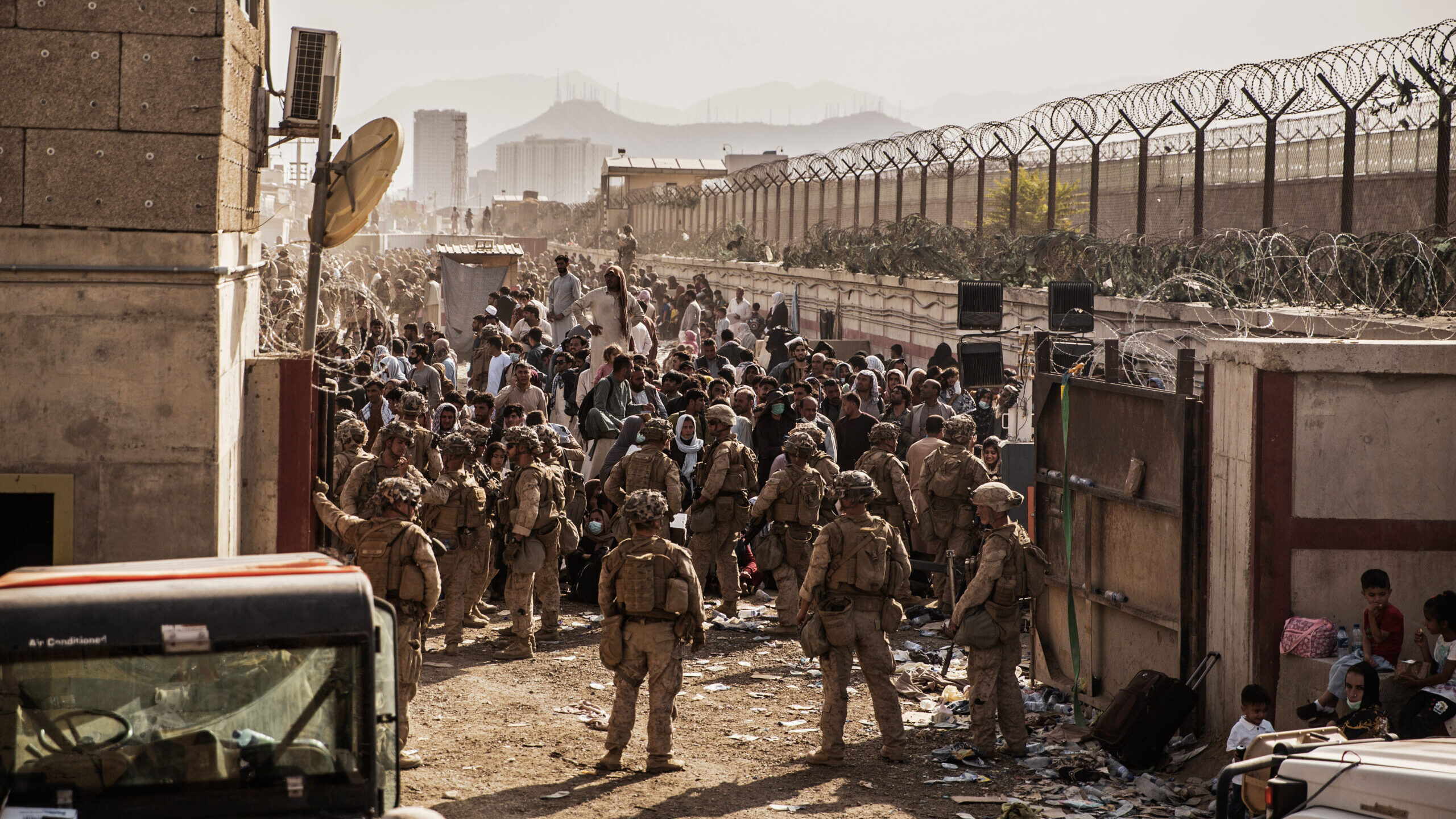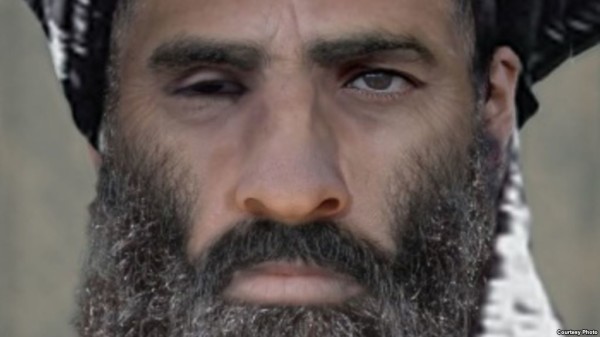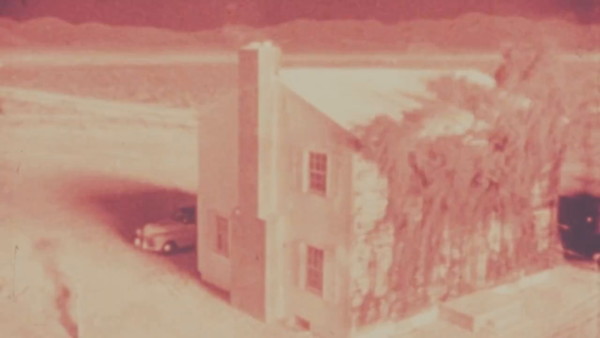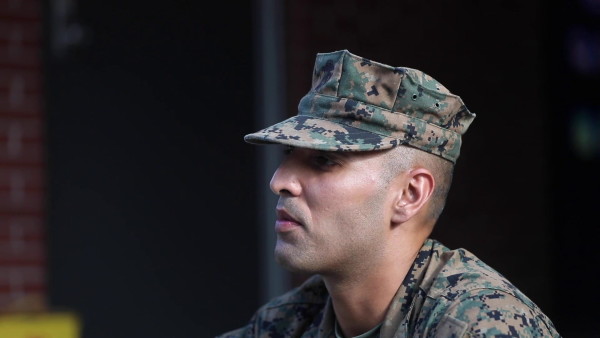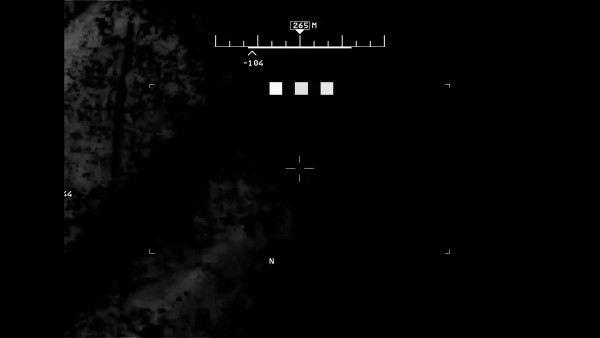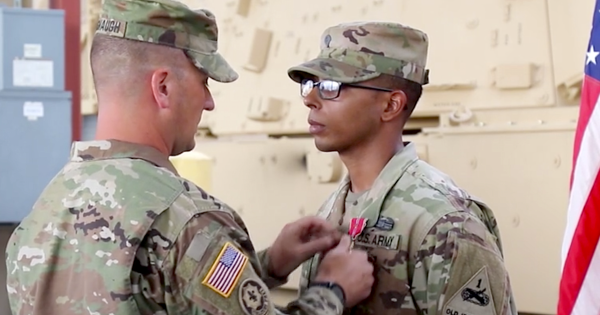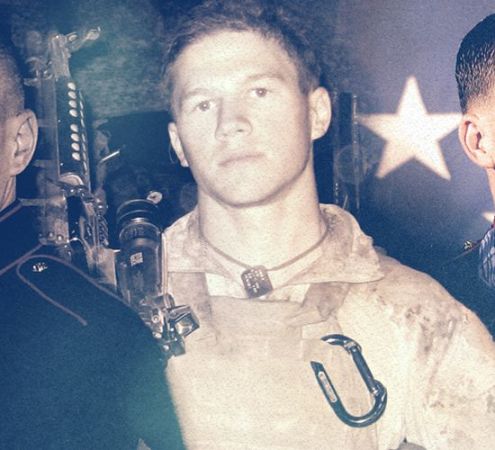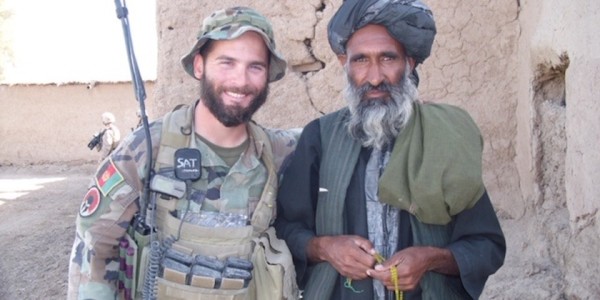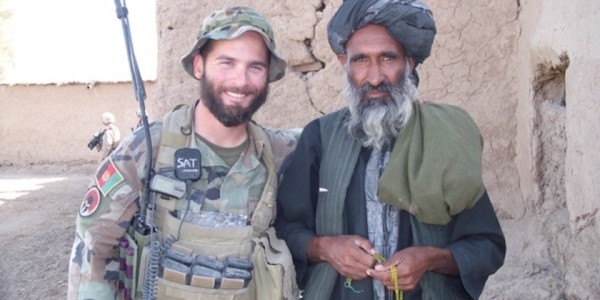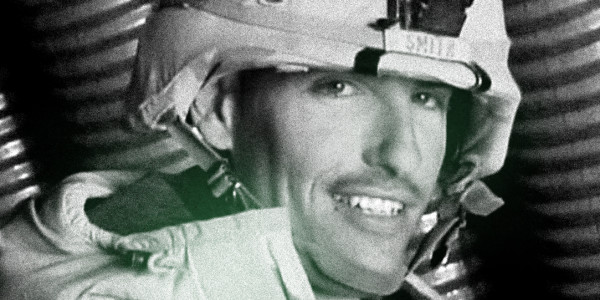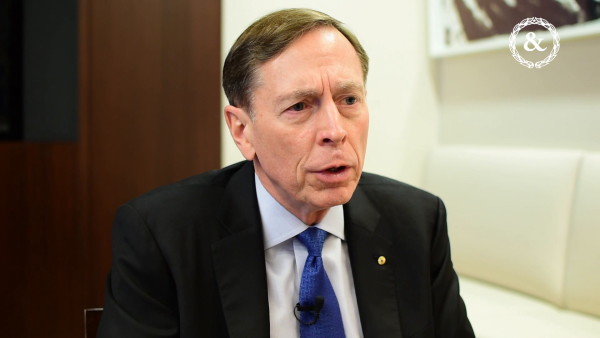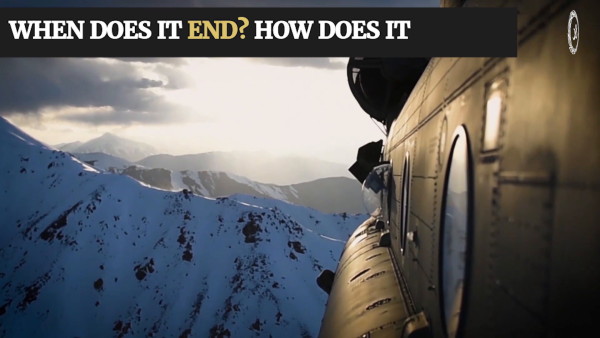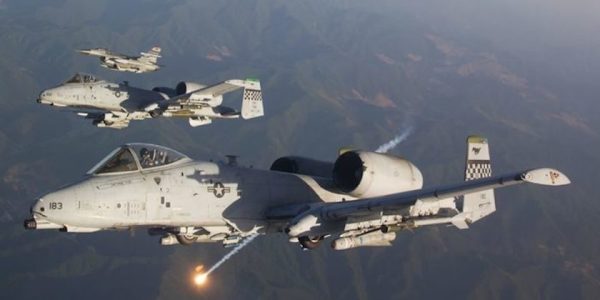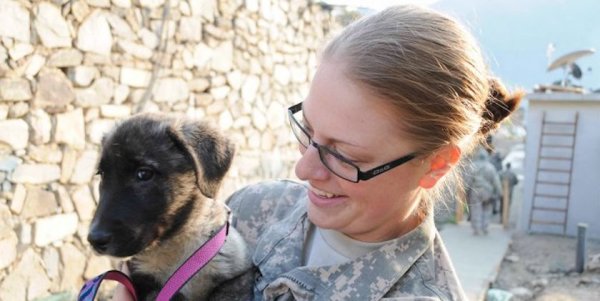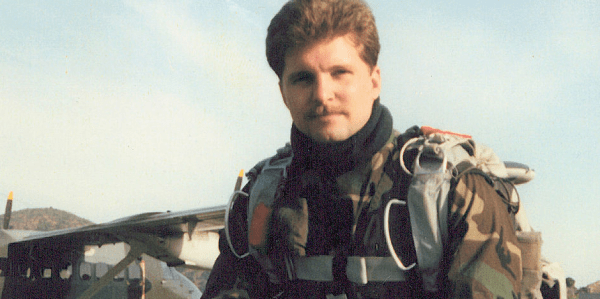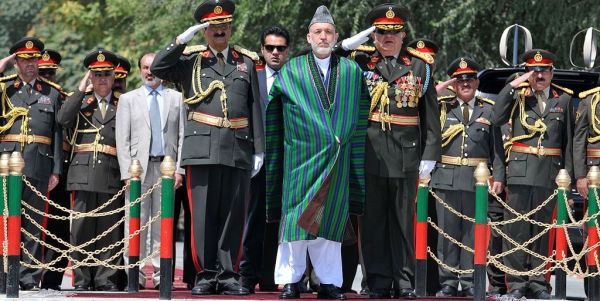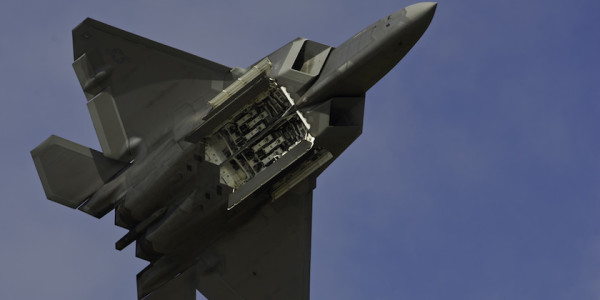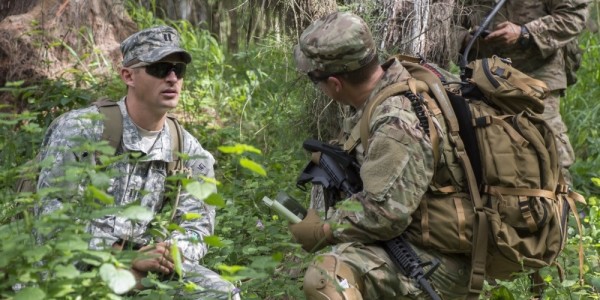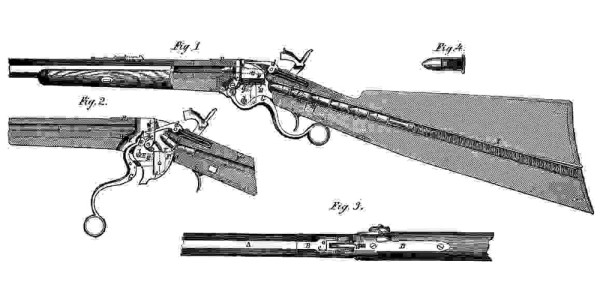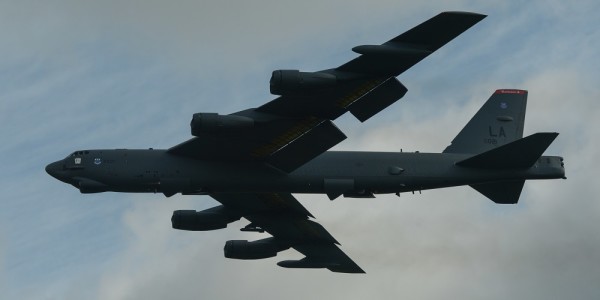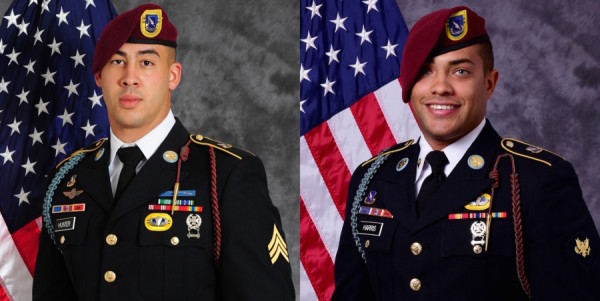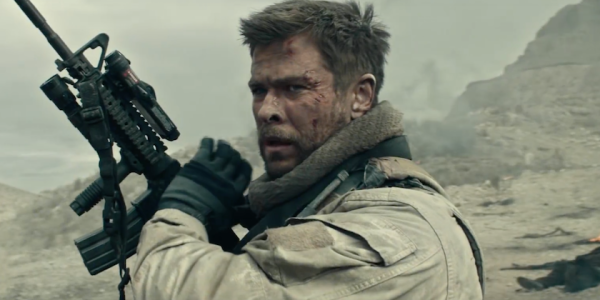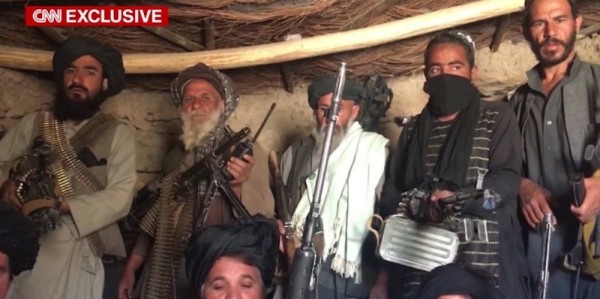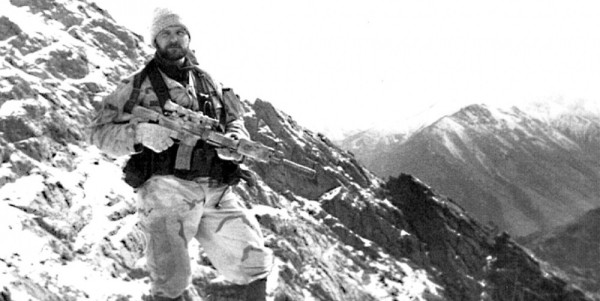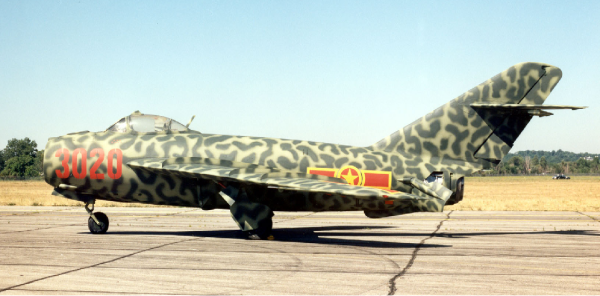One of the first things Army Maj. Gen. Christopher Donahue did when he arrived at Hamid Karzai International Airport last August, was tell the Taliban to get the hell out.
After landing in Kabul on Aug. 16, Donahue — commander of the Army’s 82nd Airborne Division — went to assess the perimeter of the airport that would serve as the sole hub of the U.S. evacuation out of Afghanistan. According to a new investigation, Donahue found Taliban fighters “driving Toyota ZPUs back and forth” near the perimeter; he found “about 9 Taliban pulling guard” in a command post; some Taliban fighters were “sweeping the floor,” two Taliban snipers were on the roof, and one was even watching the arrival of U.S. troops “on closed circuit television.”
It was “all very unacceptable to me,” Donahue told investigators during an interview in October, part of a comprehensive investigation into the Aug. 26, 2021 suicide bombing at Abbey Gate, an entryway into the airport, that killed 13 U.S. service members. So that night, he and Rear Adm. Peter Vasely, who was the top commander on the ground at the time, met with the Taliban to make it clear what they could expect.
“We told them which areas we would be in charge of and which areas they would need to control,” Donahue said, according to the investigation. “We told them that we would control the gates and they would push people out. We expressed that they will comply, because if they fight us on this we would be able to kill more of them than they could ever hope to kill of us.
“After that their tone changed,” he said.

The investigation, and Donahue’s remarks to investigators, sheds light on what it was like on the ground during the chaotic evacuation of Afghanistan, during which a temporary and unlikely alliance of sorts was forged between U.S. troops and the Taliban. Over the roughly two-week operation, U.S. service members and Taliban fighters were often just feet away from one another. At times, American commanders had to coordinate with the Taliban to ensure safe passage of specific civilians or groups that were going to be evacuated. Officials said repeatedly that the Taliban was assisting — with U.S. national security advisor Jake Sullivan saying that the Taliban was “prepared to provide the safe passage of civilians to the airport.”
At the same time, however, some troops on the ground reported seeing something else entirely. One soldier recalled being handed a two-year-old boy who had a large cut on his arm. When the soldier asked the boy’s mother what happened, she said the Taliban “hit him with a machete.”
“To hear that, and then see on the news at night that the Taliban are trying to be peaceful and make this transition good, but then here I am looking at a kid that got cut with a machete, it’s just — it was a big wake-up call,” Spc. Robert Rolando previously told Task & Purpose.
In the investigation report released this week, Donahue said after his initial conversation with the Taliban that they “generally did what we needed them to do.” Reports that the Taliban weren’t letting people through weren’t true, he said, “it just took some time.” U.S. commanders on the ground “gave the Taliban lists” of people that would need to get access to the airport, like Afghan women or reporters with the New York Times.

Their screening of people was even credited by some leaders in the report as a reason behind why there weren’t more successful attacks on U.S. troops and civilians at the airport’s Abbey Gate.
The situation around Abbey Gate was “out of control,” 82nd Airborne Division Command Sgt. Maj. David Pitt told investigators. The Marines standing guard at Abbey Gate were “just trying to make order out of chaos,” he said.
“You couldn’t identify friend from foe, there were people sleeping on cardboard inside the holding area, just waiting,” Pitt told investigators. “At that point, faces and bags become familiar so you lose situational awareness. Everything started to look normal after 3 or 4 days because that is the situation they were in at that gate.”
The security risk was high, and an attack was believed to be likely. The threat information they’d received led them to “not think it was a generic threat,” Donahue told investigators. “We knew that it would be a suicide vest and it would be at North or Abbey Gate.”

But the investigation also found that the U.S. and allied troops’ hands were tied. They needed time to get more civilians out. Then on Aug. 26, a suicide bombing at Abbey Gate killed 11 Marines, a Navy corpsman, an Army special operations soldier, and an estimated 170 Afghan civilians.
The investigation ultimately found that the attack was not preventable “without degrading the mission to maximize the number of evacuees.” Donahue told investigators he was “shocked” that the troops on the ground “only got hit with one suicide vest,” and said it was mostly due to the Taliban’s screening process.
“You know why we didn’t get hit with more suicide vests?” he said. “The Taliban did a great job screening people. The Taliban screened people and pushed them back twice a day … They were trying everything in their power to get us out. They wanted us to leave on the 31st of August.”
Another Army official with the 501st Parachute Infantry Regiment, whose name is redacted in the investigation, said the Taliban was “very helpful assisting us with ground control.”

A Taliban commander at the East gate of the airport would “send guys with swords and hoses” to disperse crowds of civilians, the official said, adding that they didn’t believe the U.S. troops would have been able to move crowds away from the gates without their help.
But that doesn’t mean the commanders trusted them, or that it worked out smoothly. Donahue mentioned at one point in his interview when Vasley mentioned the U.S. had lost 13 service members in the suicide bombing at Abbey Gate, a Taliban fighter responded “by saying ‘12 of my Taliban fighters were killed in that blast as well.’”
“I don’t know if that’s true, but that’s what he said,” Donahue said. “I don’t believe what they say, but that’s what they told us.”

He also said that he and other military officials on the ground had to repeatedly clean up messes made by the State Department’s miscommunication. The State Department would “send the wrong messaging, the wrong threat streams,” which left military personnel in Afghanistan to “go and renegotiate with the Taliban for an hour to smooth over whatever State put out.”
By the time the U.S. was preparing to leave for good, Donahue said he “made it clear” to the Taliban that the terminal at HKIA would be left “ready to go … to get citizens out of the country after we departed.” And on the last meeting with the Taliban, on Aug. 30, Donahue said they had a strange request: A photo op.
“At our last meeting on the 30th, we told the Taliban we were leaving on the 31st. At 2000 we told them we would give them all the details the next morning,” Donahue said. “They were asking if we would take photos of the handover, etc.
“I almost felt bad,” he said. “But the other side of me knew they were Taliban.”
What’s hot on Task & Purpose
- The bitter debate over the Army’s fleece jacket is finally settled
- How ‘Starship Troopers’ inspired Jim Mattis to make infantry training more realistic
- ‘Cold, isolated, and stretched thin’ — Why so many airmen hate Minot Air Force Base
- Veterans donated to a woman who said she was a Marine combat vet dying of cancer. It was all a lie.
- An Air Force general openly shared his mental health appointment: ‘Warrior heart. No stigma’

